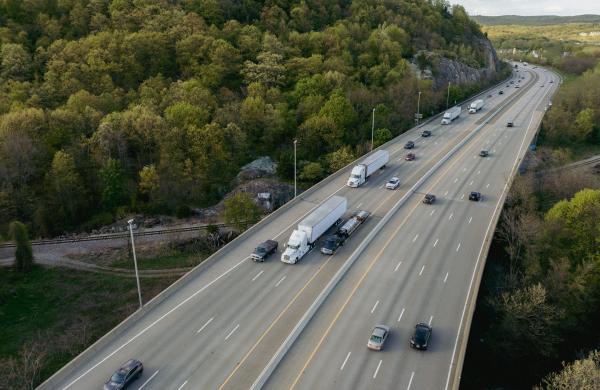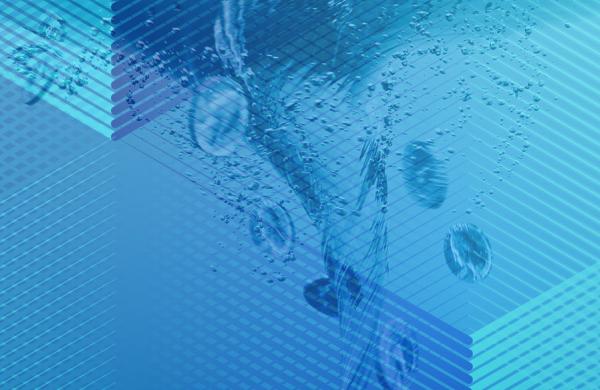In late May Millard Drexler, who as CEO made the Gap an amazing retailing success during the 1980s and 1990s, abruptly resigned. The Gap and its related Old Navy and Banana Republic brands are still well respected. But the recession hit the merchandiser hard: Same-store sales declined for 24 straight months before Drexler's announcement. To appease nervous investors, the Gap is expected to name a new leader who can focus more on its finances and operations.
Debt-savvy investors could have seen a financial problem coming. The Gap's interest coverage , the ratio of earnings before interest, taxes, depreciation and amortization to annual interest payments , had fallen precipitously, from 70.95 in 1999 to 9.50 at the end of 2001, according to data from J.P. Morgan Chase & Co. and FactSet Research Systems. Interest coverage shows how many times pretax cash flow can cover annual debt obligations. Ratios vary across sectors, but a steadily deteriorating ratio is a sign of potential trouble.
"Debt-to-cash-flow is a long-term measure of liquidity , can you service your debts in reasonable markets?" says one banker. But in a credit market where companies hit the skids with little warning, investors react to even hints of trouble.
Coverage ratios are not the only measure of financial strength or credit risk, but they do provide insights (see table).
Consider WorldCom Group. The giant telecommunications carrier's coverage ratio was 17.51 in 2000. By 2001, however, it had fallen to 5.89. Granted, a company's debt situation can improve rapidly in a volatile sector like telecom, but the deterioration was a source of serious concern. On May 9 Moody's Investors Service downgraded WorldCom's senior unsecured debt to junk status. The company was forced to draw down a $2.65 billion commercial paper line to give it the breathing room to renegotiate a $5 billion bank line.
The experience of companies like the Gap and WorldCom shows how important liquidity , the ability of a company to meet near-term debt obligations , has grown. "Liquidity has always been important," says Christopher Mahoney, chief of Moody's credit policy committee. "But in a cyclical sense, it becomes more important in the trough of the credit cycle."
Even creditworthy corporations have to pay heed. In the bull market a number of large investment-grade companies financed themselves heavily via short-term commercial paper issuance rather than through longer-term bond borrowings. In some cases, the CP sales weren't as conservatively structured as they might have been. "We saw an increase in unbackstopped commercial paper and some defaults," says Mahoney.
In January Moody's began producing liquidity risk assessment reports. They put companies under a "stress test" to determine pro forma sources and uses of cash over 12 months if a company were denied access to the commercial paper and capital markets. "We were not previously isolating backup liquidity as a risk element," says Debra Perry, head of corporate finance for the Americas at Moody's. "It's such an important element that we needed to give more attention to it."
Moody's is even considering rating companies based on the stress test. "When we have highly rated commercial paper issuers default, we are embarrassed," says Mahoney. "Prime-1 commercial paper should not default."
| A fiscal thermometer
| |||||||||||||||||||||||||||||||||||||||||||||||||||||||||||||||||||||||||||||||
| Although just one measure of financial well-being, interest coverage (ebitda divided by interest)
| |||||||||||||||||||||||||||||||||||||||||||||||||||||||||||||||||||||||||||||||
| offers information about a company's ability to carry its debt. Generally, it's best to compare
| |||||||||||||||||||||||||||||||||||||||||||||||||||||||||||||||||||||||||||||||
| ratios within an industry and over time. Despite exceptions like the Limited, the trend for most
| |||||||||||||||||||||||||||||||||||||||||||||||||||||||||||||||||||||||||||||||
| of the companies listed below has been downward.
| |||||||||||||||||||||||||||||||||||||||||||||||||||||||||||||||||||||||||||||||
| |||||||||||||||||||||||||||||||||||||||||||||||||||||||||||||||||||||||||||||||





